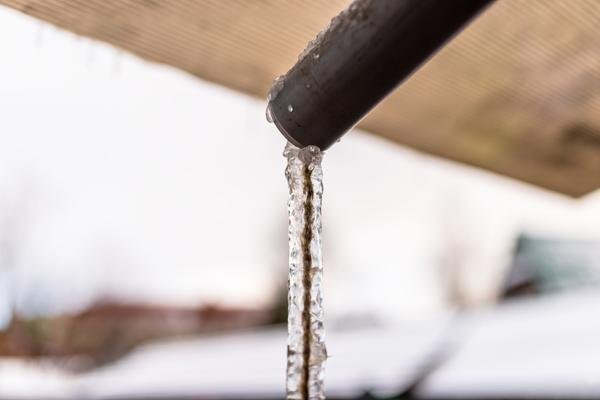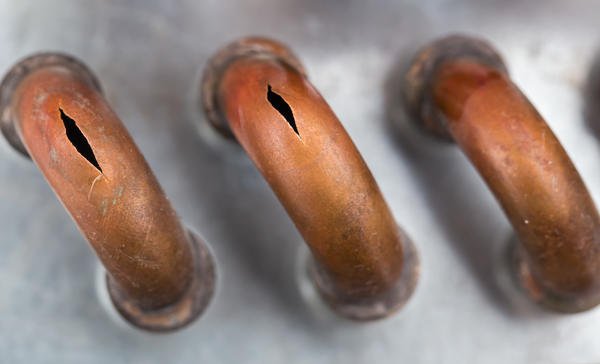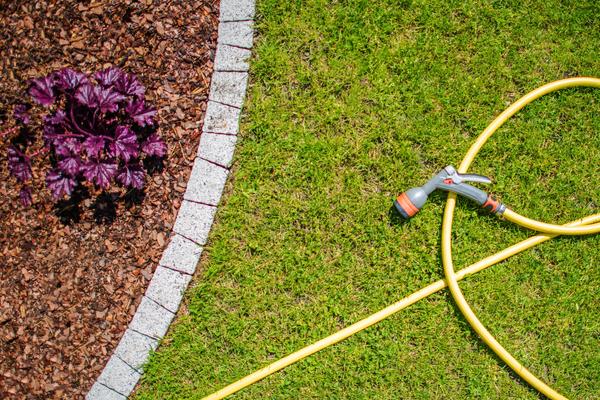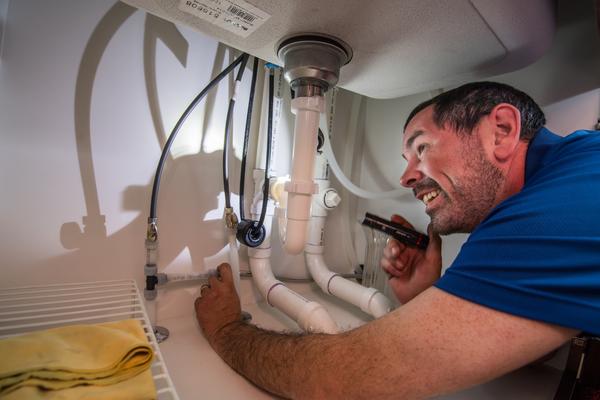How to Keep Pipes From Freezing in Minneapolis

When you live in America's third-coldest state, winterizing your home's plumbing is an absolute must. Frozen pipes in Minneapolis can be an expensive problem, with water damage and freezing accounting for insurance claims that average around $11,650 a year.
The good news is that you can avoid the expense and frustration by taking several precautions. In this blog, we’ll explore how to keep pipes from freezing in Minneapolis:
And if worse comes to worst, we’ll also review how to handle a frozen pipe until a plumber arrives.
Trust your plumbing with Twin Cities’ top-rated plumbing company: MSP.
For more than 100 years, MSP Plumbing Heating Air has helped Minneapolis-St Paul homeowners repair, maintain, and replace their plumbing systems with precision, quality, and care. Whether you’re concerned about burst pipes, clogged drains, backflow prevention, or other plumbing issues, rest assured that our team of highly-trained professionals is here to help. Call us today at (651) 228-9200 or schedule an appointment below and see why we have over a thousand 5-star reviews.
Insulate Your Pipes

When the frigid temperatures of a Minnesota winter come calling, the risk of frozen pipes is very real. If your pipes do freeze, you won’t just have an interruption to your water supply– you also risk the possibility of pipes cracking or bursting and causing water damage and even mold growth in your home.
Insulating your pipes is the best way to prevent them from freezing. A new home may already come with insulated pipes, but you definitely can't take this for granted in older houses. So, if your pipes aren’t already insulated, protective foam is an affordable and easy-to-implement solution.
If you're not sure whether you need to install insulation, arrange for an inspection by a licensed plumber.
Disconnect Exterior Hoses

As the summer months come to an end, the need for exterior hoses and sprinkler systems to water lawns and gardens will come to an end with them. If you leave these hoses connected during the winter cold, they can freeze and crack.
The safest course is to shut down any sprinkler systems you have installed and disconnect any exterior hoses from their spigots, shake the excess water out, and store them in your garage or garden shed for next season.
Keep Kitchen and Bathroom Sink Cabinet Doors Open
The cabinets in a typical bathroom or kitchen will be built on top of the water pipe systems that supply water to the faucet and sink. In extreme cold, leaving the cabinet doors open lets warm air circulate to those pipe systems, which can help to keep them from freezing and bursting. This is a small trick, but it really does help to prevent pipes from freezing!
Turn on Your Indoor Faucets to Drip
A major risk of frozen and burst pipes can come from having below-freezing water in your pipe systems for long periods. Ice can develop inside the pipe, trapping liquid water and increasing pressure on the pipe until it gives way.
The best way to relieve this kind of pressure build-up — which is a particular risk factor on long, cold winter nights — is to keep your indoor faucets open just enough to drip. It may add a few dollars to your water bill, but as a preventive measure, it's a lot less expensive than burst pipes and water damage.
Keep Thermostat at 55°F or Higher While Away from Home
Having a consistent temperature of 55 degrees or higher in your home during both day and night is an important precaution against the effects of cold snaps while you're away. While you’re likely to have the heat on when home, if you’re away for long periods of time, it’s important to keep the heat on at this minimum setting. Sure, it may involve a few extra dollars on the heating bill, but it's well worth it to keep your plumbing safe.
How to Handle a Frozen Pipe Until a Plumber Arrives
Despite your best efforts and precautions, there's always the potential of running into the problem of frozen pipes in Minneapolis. When you can't get water to do more than a trickle from a fully open faucet, a frozen pipe is a very real possibility.
There are some steps you can follow to try to gradually, carefully, and safely thaw the affected pipes. Start by shutting off the water supply at the main valve (usually near your water meter) and if the remaining water in your pipes still runs and no pipes have burst, you can attempt the following steps:
- Turn on the faucet and run water through the pipe. Even cold water will help melt any ice build-up.
- Apply heat to the affected section of the pipe. Use a hair dryer, portable space heater, or even just towels soaked in hot water, but don't use anything with high heat or an open flame (like a blowtorch).
- Keep up the heat supply until full water pressure returns. Then check other faucets in the home for any signs of other pipes that may have frozen.
If you can't find the frozen area or can't access it, call the pipe repair professionals at MSP Plumbing, Heating & Air right away. A professional plumber's expertise will be essential to solving your immediate problem and inspecting the entire pipe system for any other risks.
Frozen pipes in Minneapolis? Get help from our 5-star rated team!

MSP Plumbing, Heating & Air provides same-day plumbing repairs with honest and up-front pricing. Our team is Minnesota-tough and has proudly provided Twin Cities homeowners with more than a century of trusted repairs, maintenance, and installs. Call us today at (651) 228-9200 or schedule service online below.
